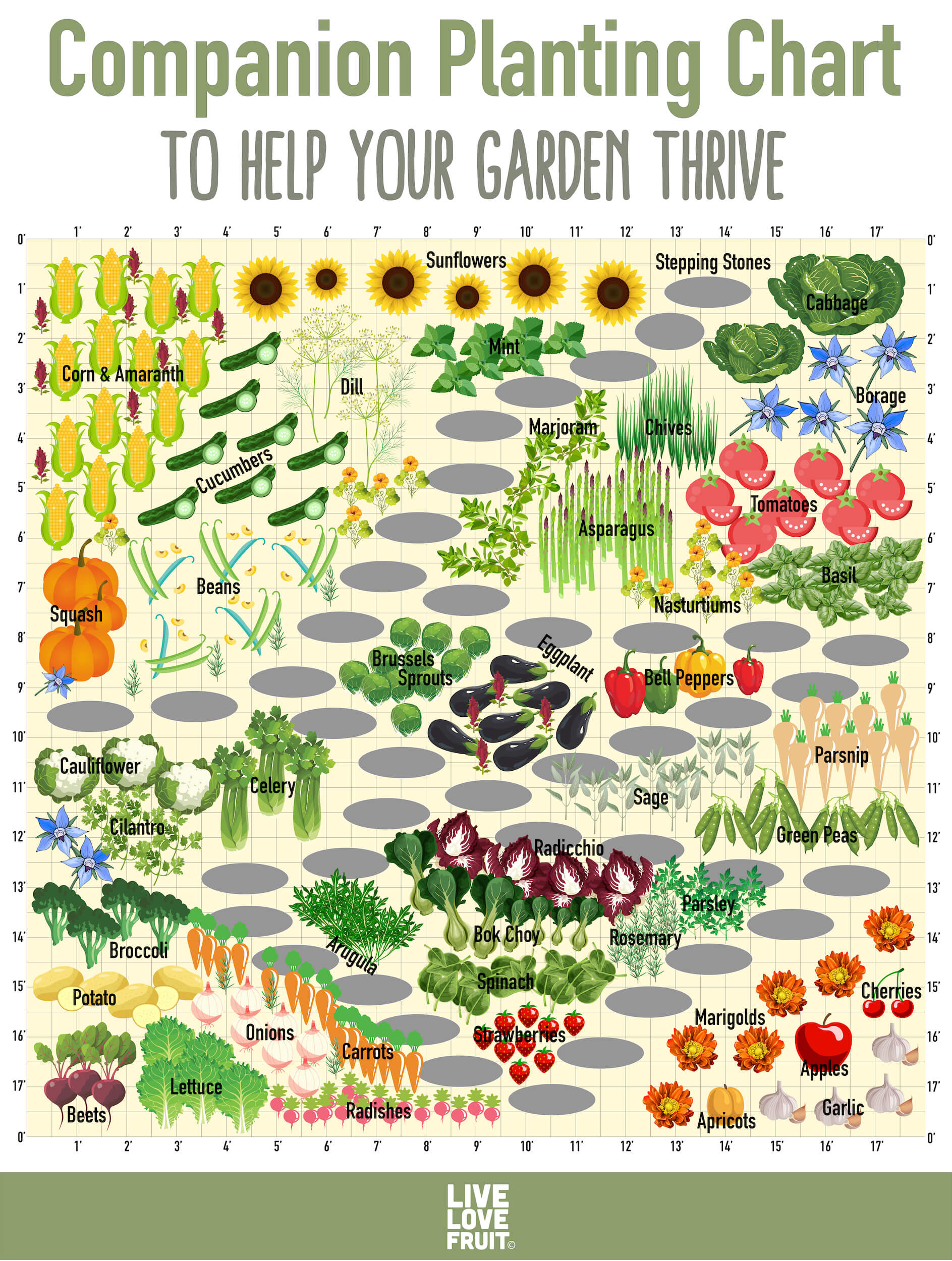Herb Compatibility Chart - A Comprehensive Guide
Understanding Herb Compatibility
Herbs have been used for centuries for their medicinal properties. However, not all herbs are compatible with each other. Just like how certain medications can interact negatively with one another, so can herbs. Understanding herb compatibility is crucial for safe and effective herbal remedies.
What is a Herb Compatibility Chart?
A herb compatibility chart is a useful tool that helps you identify which herbs work well together and which ones should be avoided. It provides information on the chemical and energetic properties of various herbs, allowing you to create effective and safe herbal remedies.
The Importance of Herb Compatibility
1. Safety
Mixing incompatible herbs can result in adverse reactions or even toxicity. For example, combining herbs that have diuretic properties can lead to dehydration or electrolyte imbalances. Knowing which herbs are compatible can help you avoid these risks.
2. Potency
Combining compatible herbs can enhance their potency and effectiveness. For example, ginger and turmeric are both anti-inflammatory herbs, but when combined, they can provide even greater anti-inflammatory benefits.
Factors That Determine Herb Compatibility
1. Chemical Properties
The chemical properties of herbs play a key role in determining their compatibility. Herbs contain various compounds such as alkaloids, flavonoids, and terpenes, which can interact with each other. For example, herbs containing tannins can interfere with the absorption of iron, so they should not be combined with iron-rich herbs.
2. Energetic Properties
Energetic properties refer to the way herbs affect the body's energy systems, such as qi or prana. Herbs can be classified as hot, cold, dry, damp, and neutral, depending on their energetic properties. For example, combining hot and cold herbs can lead to imbalance in the body.
Herb Compatibility Chart: A Guide
| Herb | Compatible Herbs | Incompatible Herbs |
|---|---|---|
| Ginger | Turmeric, garlic, lemon balm | Chamomile, valerian, St. John's Wort |
| Lemon Balm | Chamomile, lavender, passionflower | Catnip, valerian, St. John's Wort |
| Valerian | Passionflower, chamomile, skullcap | St. John's Wort, kava, catnip |
| Peppermint | Lemon balm, ginger, chamomile | Feverfew, St. John's Wort, valerian |
Ginger
Ginger is a warming herb that aids digestion and relieves nausea. It pairs well with turmeric, which has anti-inflammatory properties, and garlic, which has antibacterial properties. However, it should not be combined with chamomile or valerian, as they can have a sedative effect that may counteract the benefits of ginger.
Lemon Balm
Lemon balm is a calming herb that helps reduce anxiety and promote relaxation. It works well with chamomile and lavender, which also have relaxing properties. However, it should not be combined with St. John's Wort or valerian, as they can have a stimulating effect that may negate the benefits of lemon balm.
Valerian
Valerian is a sedative herb that promotes sleep and reduces anxiety. It pairs well with passionflower and chamomile, which also have calming properties. However, it should not be combined with St. John's Wort or kava, as they can have a stimulating effect that may interfere with the benefits of valerian.
Peppermint
Peppermint is a refreshing herb that aids digestion and relieves headaches. It works well with lemon balm and ginger, which also aid in digestion. However, it should not be combined with feverfew, St. John's Wort, or valerian, as they can have a sedative effect that may counteract the benefits of peppermint.
How to Use a Herb Compatibility Chart
When creating herbal remedies, by identifying the main herb you want to use. Then, consult the herb compatibility chart to determine which herbs are compatible with it. You can then choose one or more compatible herbs to create a blend that addresses your specific needs.
Frequently Asked Questions (FAQs)
Q1. Can I mix any herbs together?
A. No, not all herbs are compatible with each other. Mixing incompatible herbs can result in adverse reactions or toxicity.
Q2. How do I know which herbs are compatible?
A. Consult a herb compatibility chart or consult with a qualified herbalist to determine which herbs are compatible.
Q3. Can I use a herb that is incompatible with another herb if I need to?
A. It's best to avoid using incompatible herbs together, but if you must, consult with a qualified herbalist and proceed with caution.
Q4. Are there any side effects of mixing incompatible herbs?
A. Mixing incompatible herbs can result in adverse reactions or even toxicity. Side effects may include nausea, diarrhea, headaches, and allergic reactions.
Q5. Can I create my own herb compatibility chart?
A. Yes, you can create your own herb compatibility chart by researching the chemical and energetic properties of various herbs and testing their compatibility through trial and error.
Herbs have been used for centuries for their medicinal properties, but it's important to understand their compatibility before combining them. A herb compatibility chart can help you identify which herbs work well together and which ones should be avoided. By using a herb compatibility chart and consulting with a qualified herbalist, you can create safe and effective herbal remedies that address your specific needs.









Post a Comment for "Herb Compatibility Chart - A Comprehensive Guide"